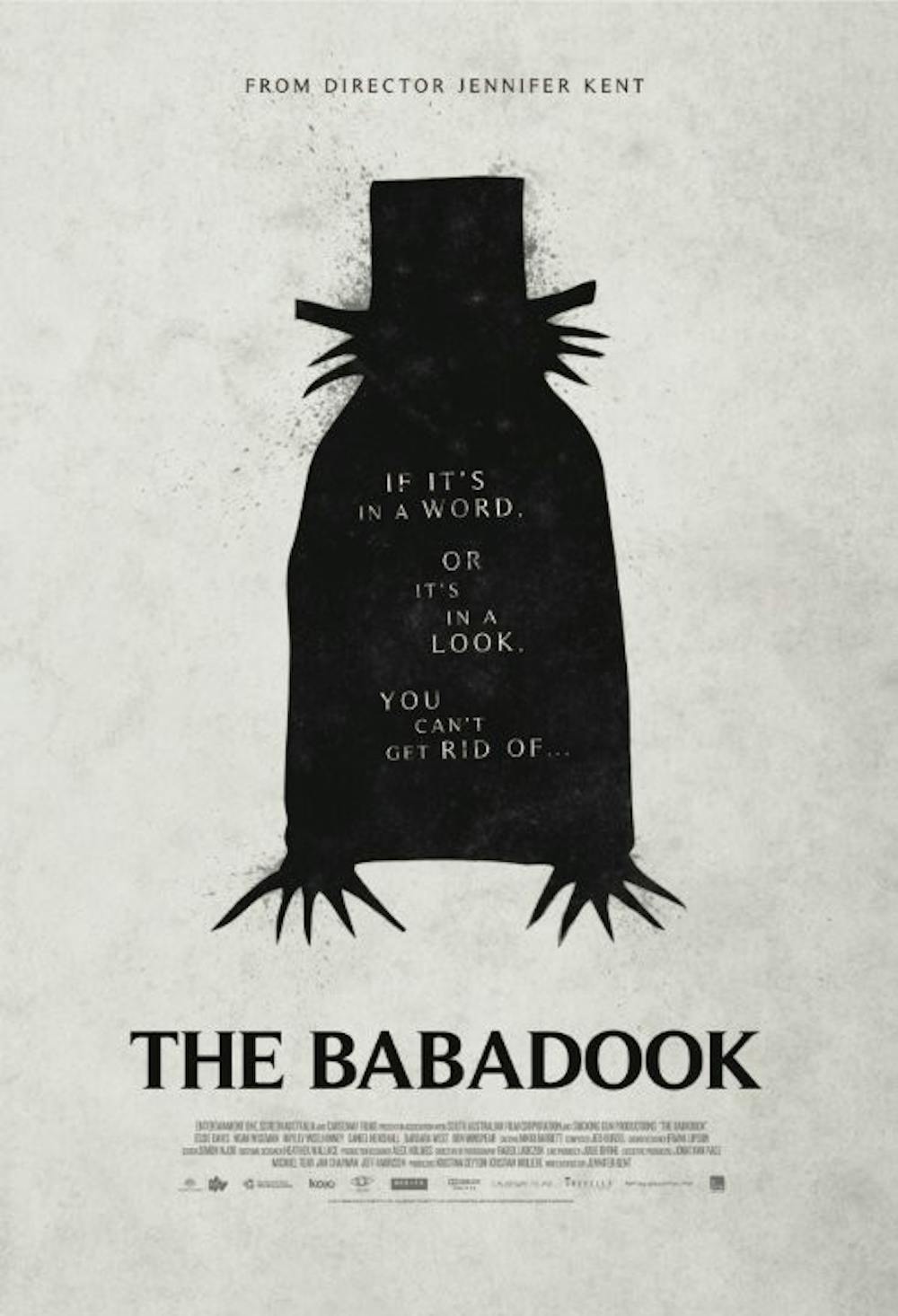In Australian horror movie “The Babadook,” scares are not all the audience has to look forward to. The film — recounting the story of a single mother, her troubled son and the titular pop-up children's book that becomes all too real — shows the viewer how grief can come to dominate a human being. Depression overcomes the mind and, suddenly, tree branches become claws, basements turn into cemeteries and shadows evolve into a supernatural monster.
The film leaves the viewer unable to ever fully grasp whether the impossible moments are grief-induced or an effect of the Babadook monster's otherworldly influence.
Before the disturbing and transfiguring book even arrives, it is painfully obvious Amelia (Essie Davis), the mother of the unruly Samuel (Noah Wiseman), is struggling in life. She is stuck working at a nursing home under an exasperating boss. Her sister Claire (Hayley McElhinney) is distant and uninterested in her life. Samuel, with his interminable problems at school, his interests in building weapons and his over-attachment to her, is unbearable.
Because seven-year old Samuel was born the same day his father Oskar (Benjamin Winspear) died, Amelia has been grieving since the day he was born — her son is a daily reminder of the tragic event that left her widowed. Amelia is unable to let Oskar go, and her grief affects her relationship with Samuel. Every time he tries to get close to her, Amelia pushes him away.
Director Jennifer Kent crafts this strained dynamic early on in the film. Every night, Amelia reads Samuel a story before bed, but after he falls asleep in her arms, she pushes Samuel away and crawls to the other end of the bed. The camera pans out to show the viewer how much distance is between the two. It is an an unnatural separation, leaving the viewer disturbed and unsettled by the raw depiction of grief and its destructive nature toward familial bonds.
Not a single shot in the film is wasted. Every frame is a clue toward unraveling the storyline. There is an ever-present grey lens over the camera, adding to the feeling of stagnation in Amelia’s life and her relationship with Samuel. The only instances of true color come from the television.
It takes a significant amount of time to reach the horror element of the film. The film is a slow burn, precise and surgical in every way. The introductory narrative is necessary, gripping and unnerving. Laying this foundation allows makes the scary moments with the Babadook impactful — with knives for fingers (à la Edward Scissorhands), a tall yet wiry frame and a cloak of complete darkness, the Babadook will haunt viewers’ dreams.
Once Amelia and Samuel’s world begins to break down, the Babadook enters the film at the fringes. As the film progresses, he comes closer and closer into view. This progression is characteristic of countless horror films, but Kent’s interest in the strained mother-son dynamic paired with the uniquely terrifying Babadook create an unprecedented horror experience that should not be missed.





